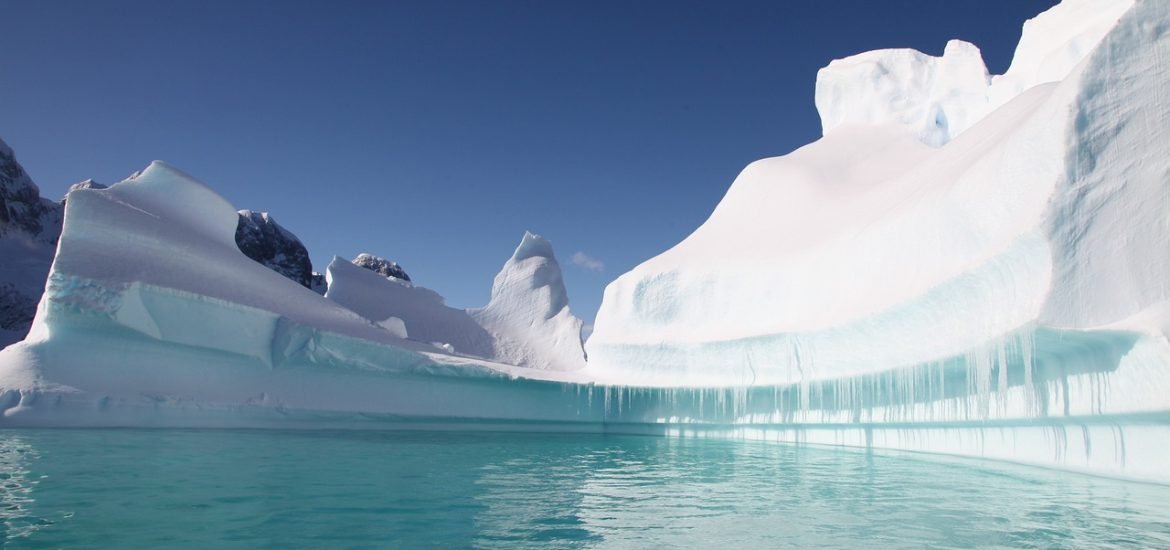
British geophysicists map the ground underneath Antarctica’s most vulnerable glacier for the first time, according to a study published in Science Advances. The authors hope these results can help researchers better understand climate change.
Results show that the area below the Thwaites Glacier is less sedimentary than expected, which could affect how the ice slides and melts in the coming decades. “Sediments allow faster flow, like sliding on mud,” says Dr. Tom Jordan, a geophysicist with the British Antarctic Survey (BAS), who led the study. “Now we have a map of where the slippery sediments are; we can better predict how the glacier will behave in the future as it retreats.”
The point where the Thwaites glacier meets the seafloor has retreated 14km since 1990. Much of the ice sheet is below sea level and, therefore, susceptible to rapid melting that could raise the sea level by over half a meter if melted completely.
The authors used radar surveys (to see through the ice), as well as sensors that can detect changes in gravity and magnetism hundreds of meters below the ground. With these results, the team created a series of 3D pictures showing different rocks present. “The integrated nature of the airborne surveys was one of the keys to this research. Each sensor on the aircraft provided an important but incomplete part of the picture, but by bringing them all together we could provide the detailed map of the underlying geology,” said Jordan. In practical terms, the team is analysing what happened when New Zealand separated from Antarctica about 100 million years ago (before the Thwaites glacier was formed).
As the glacier lies below sea level, the team expected to find sediments deposited as the ice formed. Similar work has been done in other glaciers, showing a layer under the ice predominantly with thick sediments. However, in this case, the data showed that only about 1/5 of the ground below the ice is sedimentary rock. The rest is made up of other types of rocks, including granite and other hard rocks.
It’s possible that these results will affect researchers’ estimates about how long it will take for the glacier to melt. The team is planning to carry out more detailed studies and model how the ice is going to melt to make more reliable projections of future loss.
“We hope that by showing the detailed geology and how it correlates with the basal friction, future models of the glacial retreat will have lower uncertainty, as the controls of the basal processes will be better understood,” said Jordan. “No single scientific study could ever match the scale and challenge of climate change. But it is the incremental building of all the individual scientific studies like this that allows us to understand and tackle that challenge.”
“The integrated approach used in this study has significant potential for successful application elsewhere in Antarctica, enabling us to explore other potentially vulnerable regions where current knowledge is sparse,” concluded glaciologist Dr Sarah Thompson, co-author in this study.
Jordan T et al. Geological sketch map and implications for ice flow of Thwaites Glacier, West Antarctica, from integrated aerogeophysical observations.Sci. Adv.9,eadf2639(2023).DOI:10.1126/sciadv.adf2639